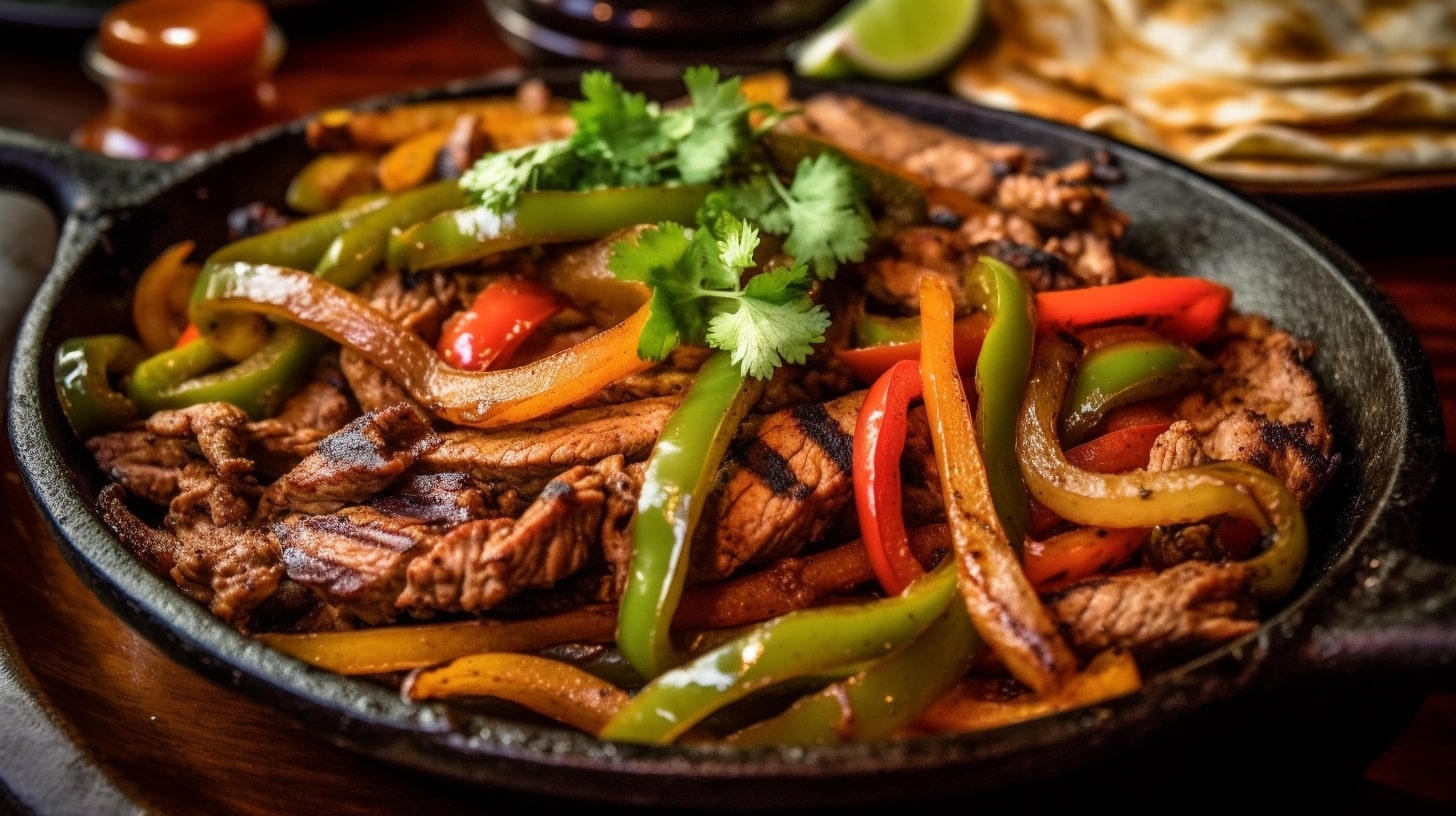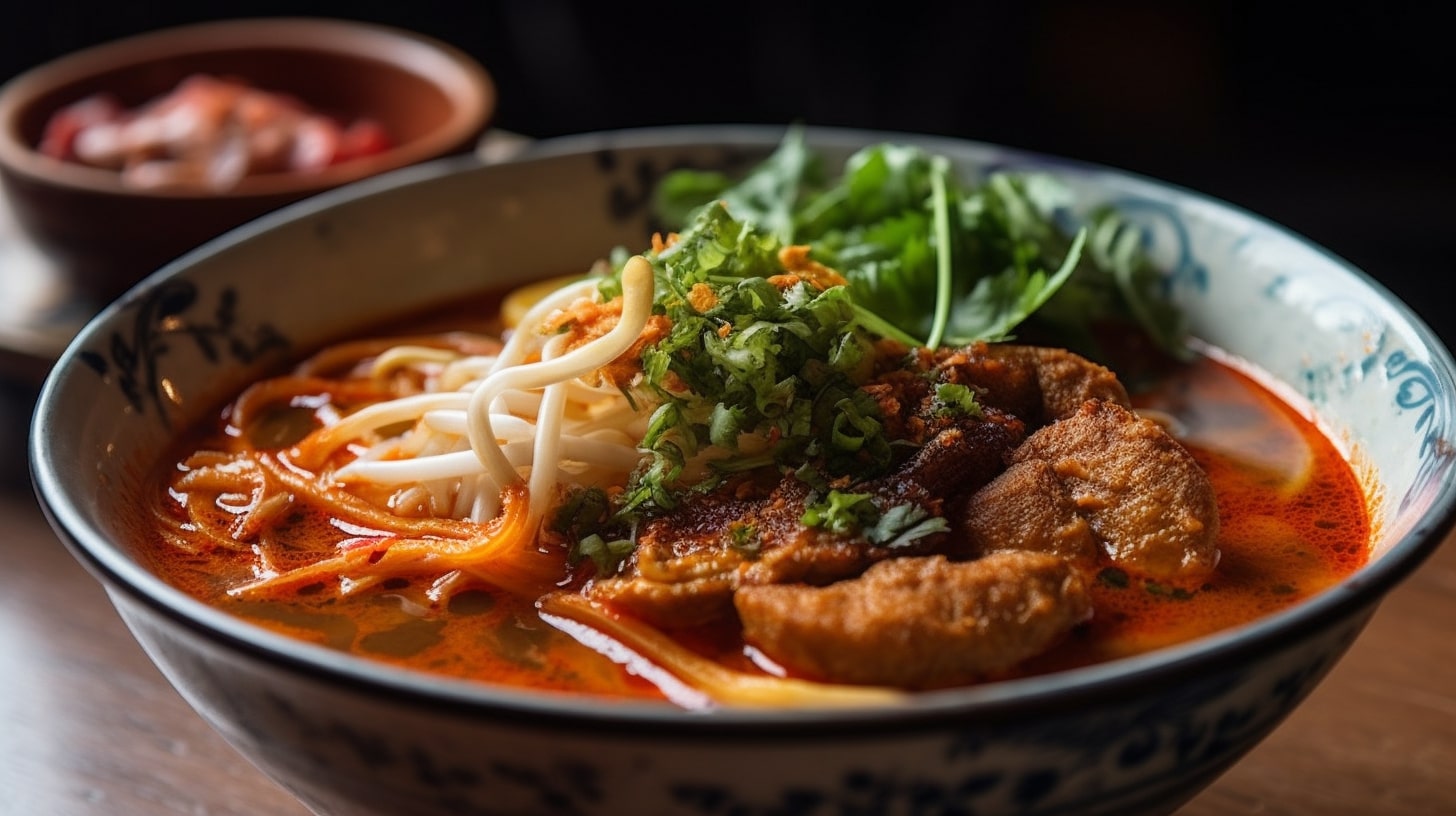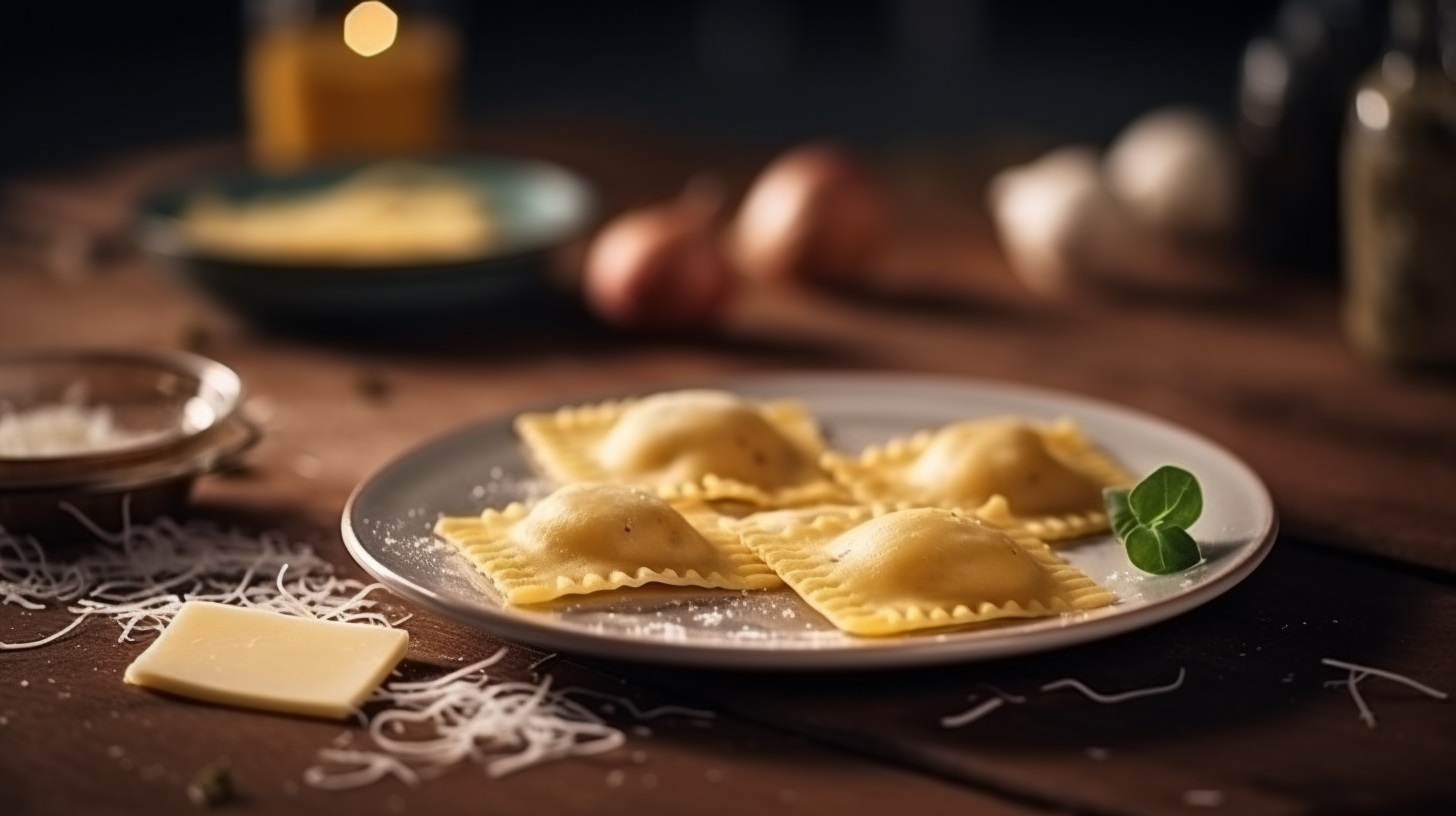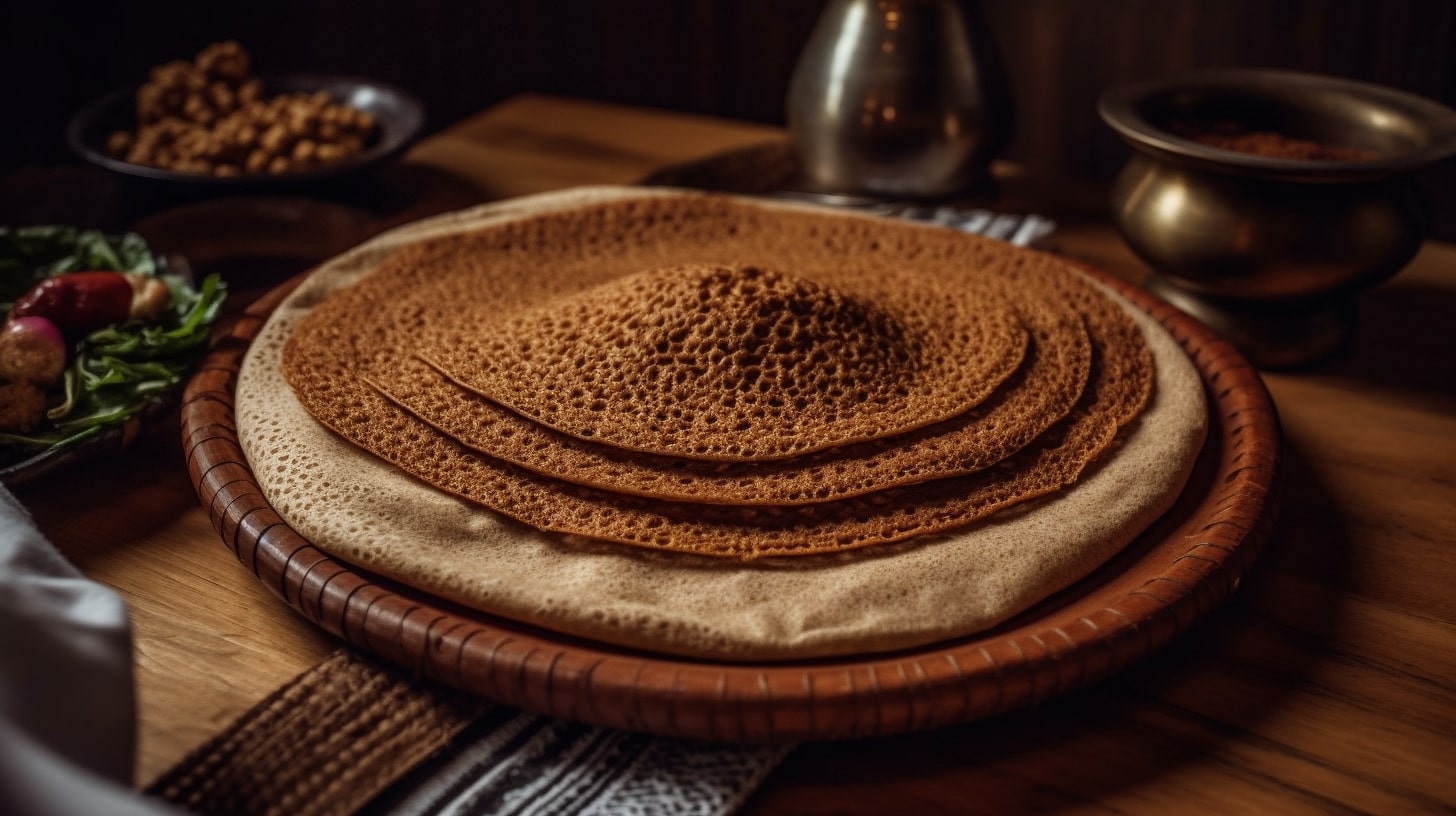Embark on a culinary adventure as we explore the world of ravioli, a beloved Italian pasta dish that delights taste buds with its delicate flavors and silky texture. Discover the origins of ravioli, learn about its traditional fillings and sauces, and get inspired to create your own mouthwatering variations. From classic recipes to creative twists, join us on a flavorful journey through the world of ravioli.
Introduction
Ravioli, a beloved Italian pasta dish, is a true culinary masterpiece that has captivated food enthusiasts worldwide. Its delicate pasta pockets filled with savory ingredients and topped with delectable sauces make ravioli a timeless favorite. In this article, we will take you on a delectable journey into the world of ravioli, uncovering its origins, exploring traditional fillings and sauces, and inspiring you to create your own unique variations. Get ready to indulge in the flavors and textures that make ravioli an Italian culinary treasure.
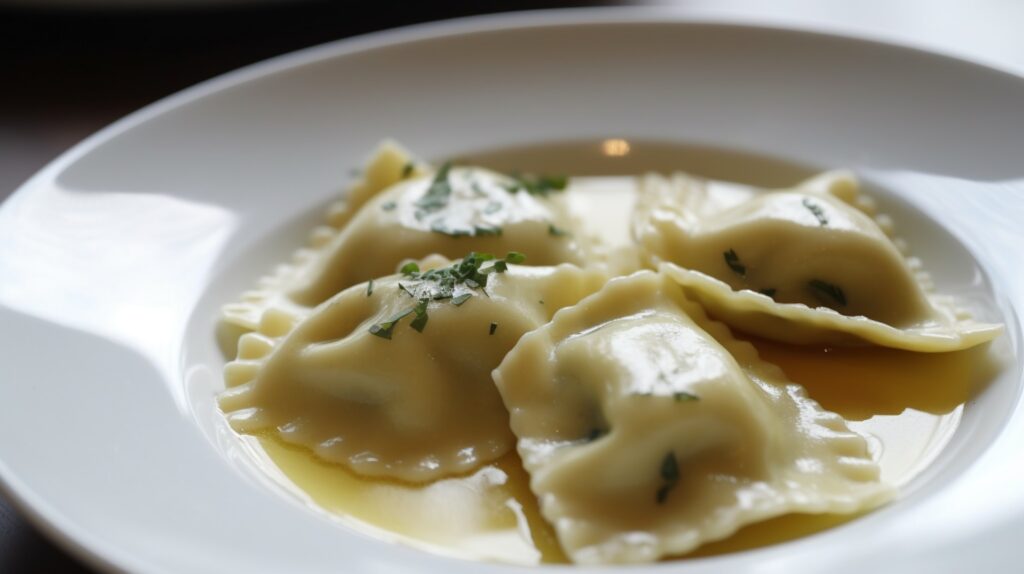
The Origins of Ravioli: A Taste of Italian Tradition
Ravioli, with its distinctive square or round shape, has a rich history dating back to medieval times in Italy. The exact origin of ravioli is debated, but it is believed to have been inspired by a similar stuffed pasta dish called “agnolotti” from the Piedmont region. Over the years, ravioli has become a beloved dish enjoyed across Italy and has gained international recognition for its culinary excellence.
Crafting Perfect Ravioli: From Pasta to Filling
Making Fresh Pasta Dough
Authentic ravioli begins with fresh pasta dough. The dough is typically made from a combination of flour, eggs, and a pinch of salt. The ingredients are kneaded together until a smooth and elastic dough is formed. This dough is then rolled out into thin sheets, ready to be filled with delicious ingredients.
Traditional Ravioli Fillings
Classic ravioli fillings often feature a combination of cheese, herbs, and sometimes meats. Some popular traditional fillings include:
1. Ricotta and Spinach
A timeless combination, ricotta cheese and sautéed spinach create a creamy and flavorful filling for ravioli. The ricotta provides a smooth and velvety texture, while the spinach adds a touch of freshness and vibrant color.
2. Meat-filled Ravioli
In traditional Italian cuisine, ravioli is sometimes filled with a mixture of ground meat, such as beef, veal, or pork, along with herbs, spices, and sometimes a touch of Parmesan cheese. These savory meat-filled ravioli offer a hearty and satisfying option.
Creative Ravioli Fillings
While traditional fillings are delightful, the beauty of ravioli lies in its versatility. Let your creativity shine by experimenting with unique fillings such as:
1. Butternut Squash and Sage
Roasted butternut squash, combined with earthy sage and a hint of nutmeg, creates a sweet and savory filling that celebrates the flavors of autumn. The creamy texture of the squash adds a luxurious element to the ravioli.
2. Mushroom and Truffle
For an indulgent twist, a filling made with sautéed mushrooms, Parmesan cheese, and a drizzle of truffle oil brings a depth of umami flavors to the ravioli. The aroma of truffle adds an irresistible touch of elegance.
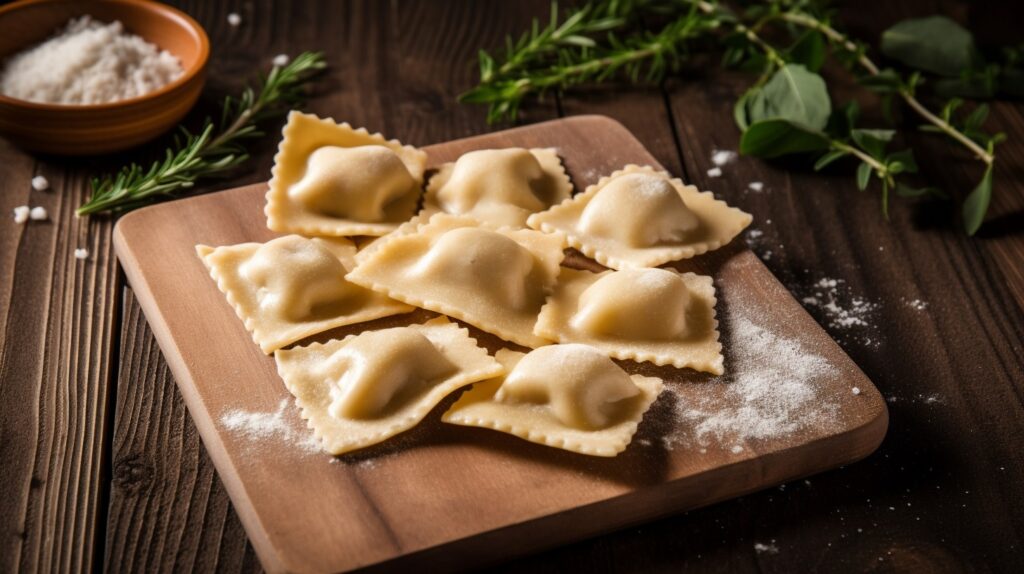
Sauce Pairings and Serving Suggestions
Classic Ravioli Sauces
Ravioli pairs beautifully with a variety of sauces, enhancing the flavors and adding a luscious touch. Consider these classic sauce options:
1. Sage Butter Sauce
A simple yet elegant choice, sage butter sauce complements the delicate flavors of ravioli. The butter is gently melted with fresh sage leaves, creating a fragrant and buttery sauce that coats the ravioli perfectly.
2. Tomato Sauce
A classic choice for Italian pasta, a light tomato sauce made with ripe tomatoes, garlic, and herbs offers a vibrant and tangy counterpart to the richness of the ravioli.
Serving and Garnishing Ravioli
Once cooked to perfection, ravioli can be served as a standalone dish or as part of a larger meal. Consider these serving suggestions:
1. Plated Ravioli
Arrange the cooked ravioli on a plate, drizzle with your choice of sauce, and garnish with freshly grated Parmesan cheese, a sprinkle of chopped herbs, or a drizzle of extra virgin olive oil.
2. Ravioli in Broth
For a comforting twist, serve the cooked ravioli in a flavorful broth, such as a light vegetable or chicken broth. The broth adds an additional layer of depth to the dish, creating a heartwarming and satisfying meal.
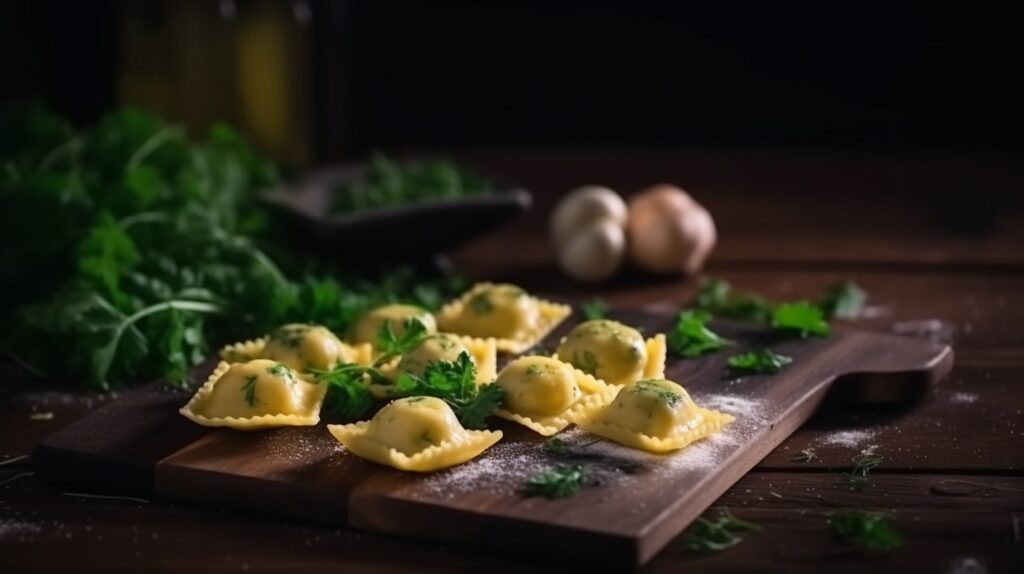
FAQs About Ravioli
1. Can I make ravioli ahead of time?
Yes, ravioli can be made in advance and stored in the refrigerator for a few days. To prevent sticking, lightly dust the ravioli with flour and separate them with parchment paper before refrigerating.
2. Can I freeze ravioli?
Absolutely! To freeze ravioli, place them on a baking sheet lined with parchment paper and freeze until firm. Once frozen, transfer them to an airtight container or freezer bag. Frozen ravioli can be cooked directly from frozen.
3. Can I use store-bought pasta dough?
While making fresh pasta dough adds authenticity, store-bought pasta dough can be used as a convenient alternative. Look for high-quality pasta dough in the refrigerated or frozen section of your local grocery store.
4. How long should I cook ravioli?
The cooking time for ravioli varies depending on the thickness of the pasta and the filling. In general, fresh ravioli cooks quickly and is ready in 3-5 minutes. It is important to follow the instructions on the package or refer to your recipe for specific cooking times.
5. Can I make ravioli without eggs?
Yes, ravioli can be made without eggs by using an eggless pasta dough recipe. There are various eggless pasta dough recipes available that use ingredients such as flour, water, and olive oil.
6. Can ravioli be served with non-traditional sauces?
Absolutely! While traditional sauces are delightful, feel free to experiment with different sauce options. Cream-based sauces, pesto, or even a spicy arrabbiata sauce can add exciting twists to your ravioli creations.
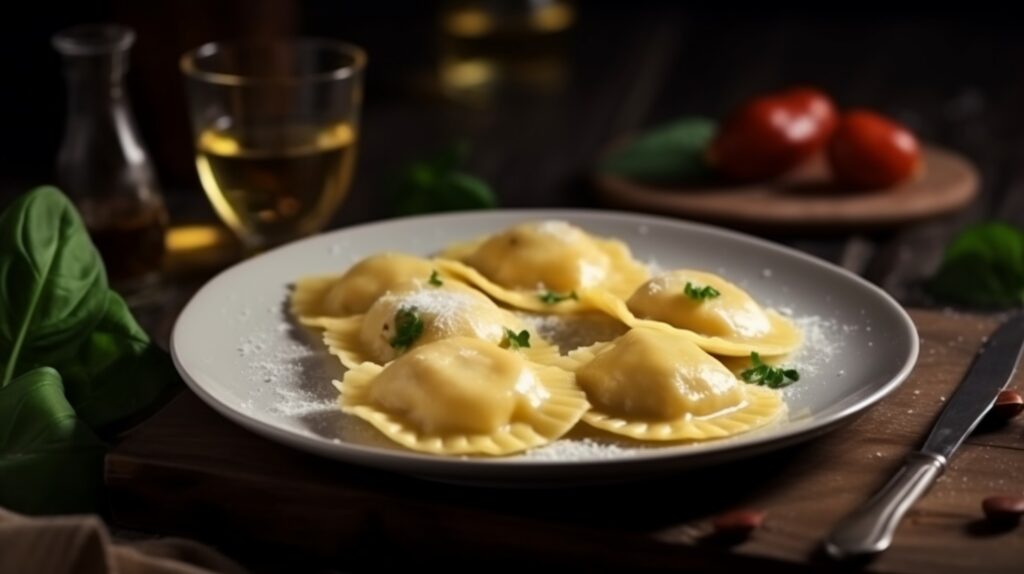
Conclusion
Ravioli, with its delicate pasta pockets and delectable fillings, offers a culinary experience that celebrates Italian tradition and creativity. Whether you opt for classic flavors or venture into unique combinations, ravioli invites you to savor each bite and revel in the harmony of textures and flavors. So, embrace your inner chef, gather your favorite ingredients, and embark on a journey of ravioli-making that will delight your taste buds and impress your guests.
